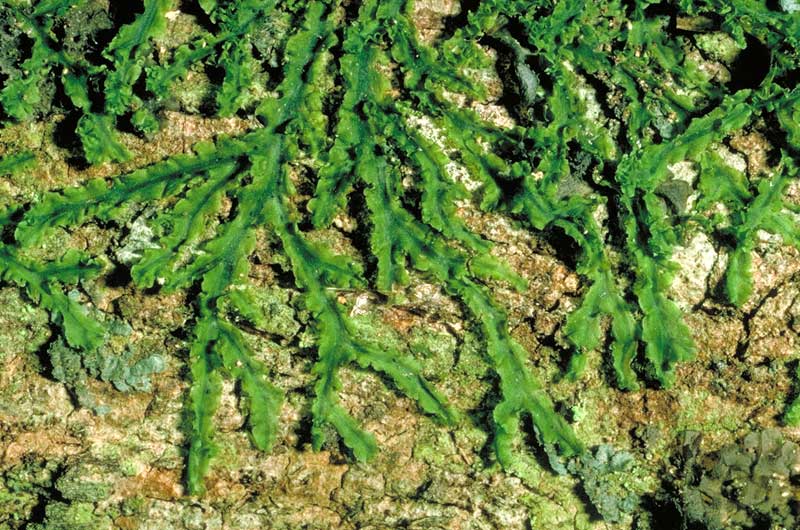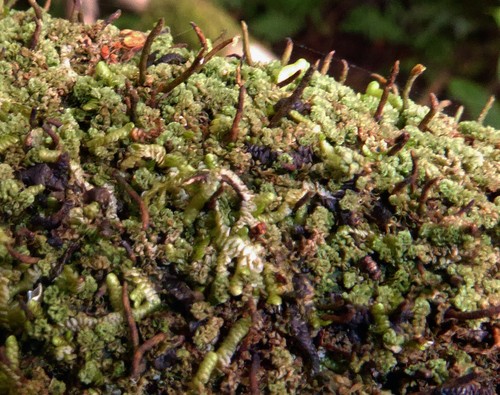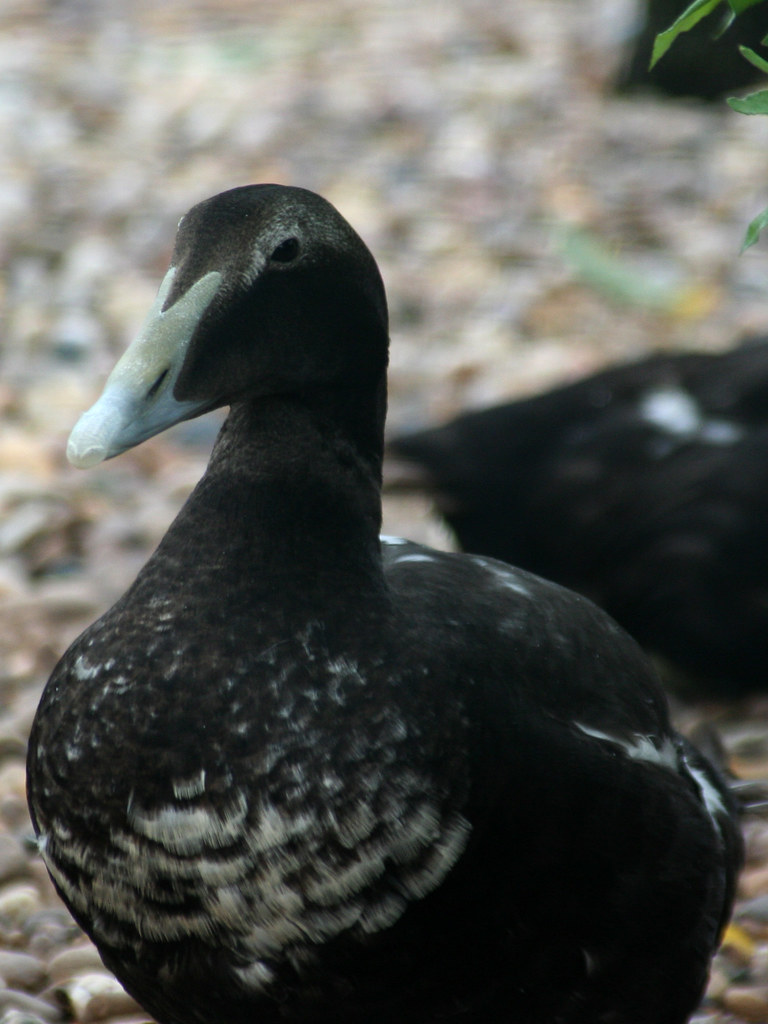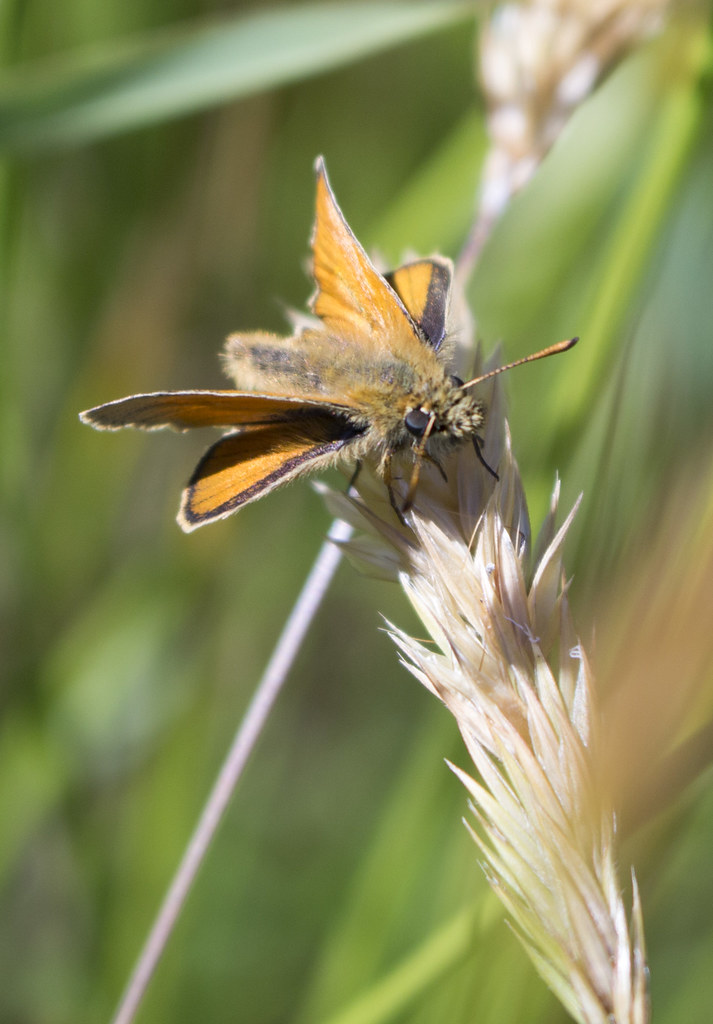
image from: https://www.inaturalist.org/taxa/1431991-Dendroceros-borbonicus
Introduction
In the vast and fascinating world of bryophytes, the Dendroceros borbonicus Steph. moss stands out as a remarkable member of the Dendrocerotaceae family. Also known simply as Dendroceros, this unassuming plant has captured the interest of enthusiasts and researchers alike with its unique characteristics and ecological significance.
Background
Before delving into the intricacies of Dendroceros borbonicus Steph., it’s essential to understand its taxonomic classification. This moss belongs to the phylum Anthocerotophyta, class Anthocerotopsida

image from: https://www.cpbr.gov.au/bryophyte/photos-captions/dendroceros-108.html
, and family Dendrocerotaceae. These bryophytes are often referred to as hornworts or anthocerotophytes, and they represent one of the three lineages of non-vascular plants, alongside mosses and liverworts.
Main Content
Morphology and Identification
Dendroceros borbonicus Steph. is a thallose liverwort, meaning it grows in a flattened, ribbon-like form. Its thallus is typically dark green to blackish-green in color and can reach lengths of up to

image from: https://www.flickr.com/photos/50910388@N08/28085579067
10 centimeters. One of the most distinctive features of this moss is the presence of cylindrical, horn-like structures called sporophytes, which give rise to its common name, “hornwort.”
Global Distribution and Habitat
Dendroceros borbonicus Steph. is widely distributed across tropical and subtropical regions of the world, including parts of

image from: https://www.picturethisai.com/ru/wiki/Dendroceros.html
Africa, Asia, Australia, and South America. It thrives in moist, shaded environments, often found growing on soil, rocks, or decaying wood in forests, gardens, and other humid habitats.
Ecological Roles and Adaptations
Despite its unassuming appearance, Dendroceros borbonicus Steph. plays a crucial role in its ecosystem. As a pioneer species, it helps stabilize and enrich soil, creating favorable conditions for other plants to establish themselves. Additionally, this moss serves as a microhabitat for various invertebrates, providing shelter and food sources.

image from: https://www.flickr.com/photos/50910388@N08/7707073236/

image from: https://www.researchgate.net/figure/Dendroceros-difficilis-Steph-A-B-Transverse-section-of-costae-C-Thallus-margin-D-F_fig2_279182787

image from: https://www.flickr.com/photos/50910388@N08/41982849821/in/pool-1516516@N21
One of the remarkable adaptations of Dendroceros borbonicus Steph. is its ability to survive periods of drought by entering a dormant state. When conditions become favorable again, the moss can quickly rehydrate and resume its growth and reproductive cycle.
Case Studies/Examples
In a study conducted in the Western Ghats of India, researchers found that Dendroceros borbonicus Steph. played a significant role in the regeneration of degraded forest areas. The moss’s ability to colonize disturbed habitats and create a suitable microenvironment facilitated the establishment of other plant species, contributing to the overall restoration of the ecosystem.
Technical Table

image from: https://www.flickr.com/photos/50910388@N08/42052937395

image from: https://www.researchgate.net/figure/Dendroceros-cucullatus-Steph-A-Thallus-with-sporophyte-B-Transverse-section-of-costa_fig2_283237978

image from: https://www.researchgate.net/figure/Dendroceros-difficilis-Steph-A-B-Transverse-section-of-costae-C-Thallus-margin-D-F_fig2_279182787
| Characteristic | Description |
|---|---|
| Phylum | Anthocerotophyta |
| Class | Anthocerotopsida |
| Family | Dendrocerotaceae |
| Genus | Dendroceros |
| Species | borbonicus |
| Thallus | Flattened, ribbon-like, dark green to blackish-green |
| Sporophytes | Cylindrical, horn-like structures |
| Habitat | Moist, shaded environments, soil, rocks, decaying wood |
| Distribution | Tropical and subtropical regions worldwide |